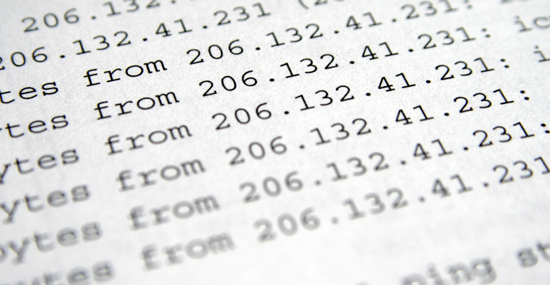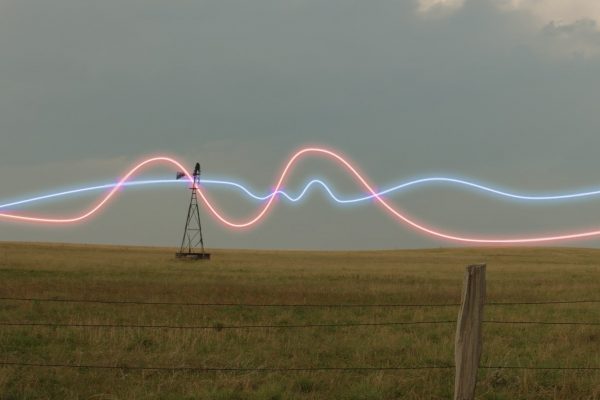
Just as every home has a unique address to help identify its location for deliveries and visitors, so do connected devices. Every device that’s connected through a wireless or wired network is assigned an Internet Protocol address, or IP address, so it can communicate with other networks and devices.
Today, that’s primarily done using IPv4, which stands for Internet Protocol version 4. It’s a set of four subnets of numbers separated by decimals and looks something like this: 123.45.678.9
But unlike physical building addresses, the inventory of IPv4 addresses is limited and has run out. That was to be expected - developers anticipated all IPv4 addresses would be claimed eventually – just not this soon.
So, what happened? Those always-on devices, mobile devices, and the general increase in internet availability are the main reasons IPv4 is struggling to provide adequate address space. Take a moment to think of all of the devices within your reach that are connected to the internet - a desktop, laptop, tablet, IP phone, and/or mobile phone.
How many more do you have at home? Televisions, voice-controlled speakers, gaming consoles, appliances, not to mention IoT devices for security, monitoring, lighting, and temperature control.
According to Statista, the number of IoT devices in connected and smart homes worldwide is expected to reach 1.2 billion in 2018. Add in those more traditional connected devices and you can see why we’ve maxed out every single one of the 4.3 billion IPv4 addresses.
It would have been very hard to predict such an incredible increase in the amount of internet-connected devices just 30 or so years after its creation. Some technologies that you may have heard of, such as Network Address Translation (NAT) and Classless Inter-Domain Routing (CIDR) were created to better deal with this shortage of IP addresses. IPv6 is another.
As you may have inferred, that’s Internet Protocol version 6. Compared to the 4.3 billion addresses IPv4 provides, which is 2^32, IPv6 provides an astonishing 3.4 x 10^38 or 340,282,366,920,938,463,463,374,607,431,768,211,456 addresses. Get lost in the commas? That front number is 340 undecillion.
Even though IPv6 technology will have no shortage of available IP addresses, it has and will take a very long time for businesses and organizations to make the switch from IPv4 to IPv6.
In fact, SDN Communications, as well as other internet service providers (ISPs), must justify any new IPv4 address space that we allocate. ARIN (American Registry for Internet Numbers) has a distinct set of variables that need to be met before allocating a new IPv4 block. This is required to ensure that all ISPs are being diligent with the limited IPv4 space and certifying that the additional IP space is in fact warranted. This all equates to higher demand in the marketplace for IPv4 space and ultimately higher costs for ISPs due to the increased competition for these limited addresses.
SDN customers with questions regarding IP addresses or charges can reach out to your company's sales representative or through our webpage contact form.



